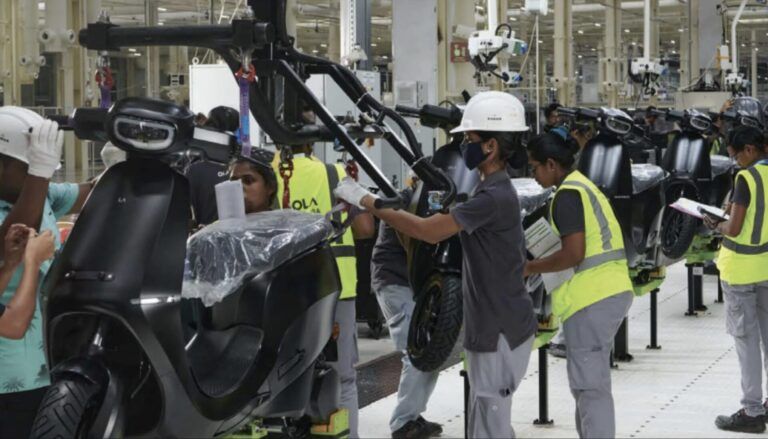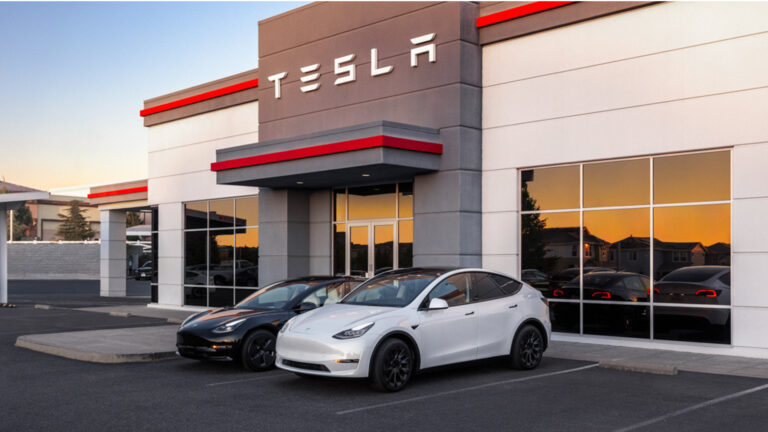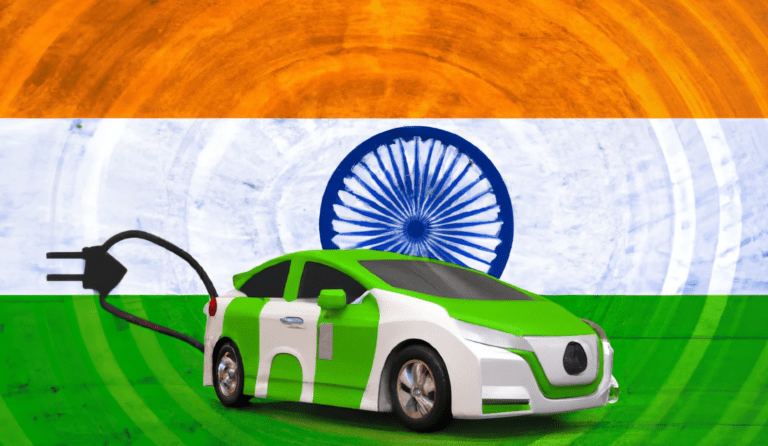The United States’ recent decision to implement “reciprocal tariffs” is already sending ripples through the global automotive industry. As part of this move, a 25% tariff has been imposed on foreign-made automobiles, including imports from key trading partners such as India, the EU, Japan, and South Korea. Among the most watched moves is the 26% ‘discounted’ reciprocal tariff on Indian automobile exports, which has stirred anxiety and forced Indian automakers to reassess their export strategies.
Impact on Indian Automakers: Pressure Mounts
India’s auto industry exported vehicles worth over $1.5 billion annually to the US, primarily in the two-wheeler and small car categories. With a 26% tariff now placed on Indian automobiles entering the US, this advantage is poised to shrink significantly.
Sunil Kharbanda, Co-founder & Chief Revenue Officer of Trezix, commented:
“The announcement of a 26% ‘discounted’ reciprocal tariff on Indian automobile exports by the US signals a serious, though moderated, trade action. While it’s lower than India’s 70% tariff on US auto imports, it still places Indian exporters at a disadvantage, especially compared to countries facing a 10% baseline. With Indian auto exports to the US valued at over $1.5 billion annually, this move could lead to a $400–500 million impact through reduced price competitiveness, thinner margins, and possible order losses. The decision may also pressure India to reassess its own tariff structures and accelerate trade negotiations while pushing exporters to diversify markets and upgrade value chains in response.”
Repercussions for Indian Automobile Industry
Loss of Price Competitiveness: Indian-made vehicles, especially compact and electric two-wheelers, may become too expensive to compete in the US market.
Reduced Export Orders: American distributors and importers may pivot to sourcing from countries with lower US tariffs.
Downstream Impact: Ancillary industries such as auto parts and components, many of which feed into export production lines, may face ripple effects.
Strategic Pivot: Indian firms may need to explore new markets, like Latin America or Southeast Asia, and invest in R&D to build higher-margin EVs that can justify the added tariff.
US Auto Industry Response: A Double-Edged Sword
While the tariff aims to protect domestic jobs and encourage local manufacturing, US automakers aren’t celebrating. Many rely heavily on imported components and affordable assembly lines in Asia.
Pros for the US:
A potential boost in domestic car manufacturing if consumers shift to local brands
More bargaining power for US trade negotiators
Cons for the US:
Increased car prices, especially for budget and electric vehicles
Strain on OEMs with global supply chains, potentially resulting in production delays
Likely retaliation from affected countries
Global Shifts and Strategic Realignments
This tariff regime represents more than a tax policy—it’s a geopolitical signal. It hints at a realignment in global trade relations, one where cost competitiveness must now coexist with tariff politics.
The US reciprocal tariffs could redefine the competitive landscape of the global automotive sector. For India, the move is a wake-up call to modernise its export playbook, both in product innovation and diplomatic agility. While short-term pain is inevitable, it may pave the way for a more resilient, diversified, and future-ready Indian auto industry. Whether this leads to a full-blown trade reshuffle or settles into a new equilibrium depends on how each player—India, the US, and the global OEMs—responds in the months ahead.








